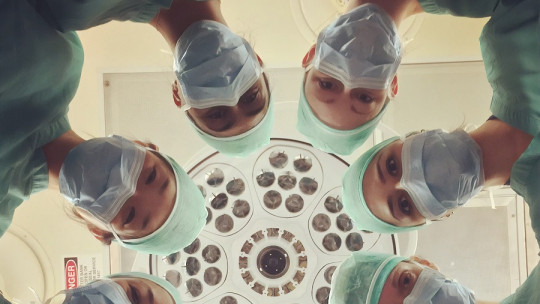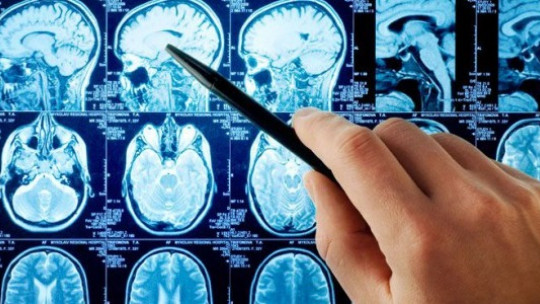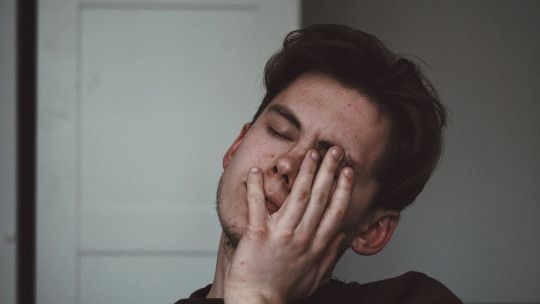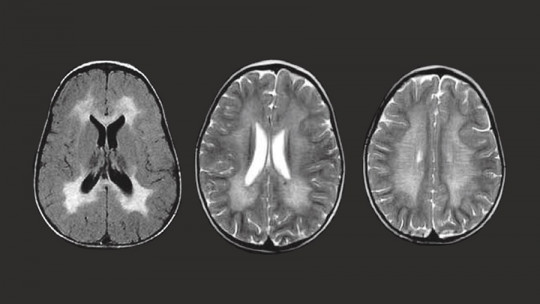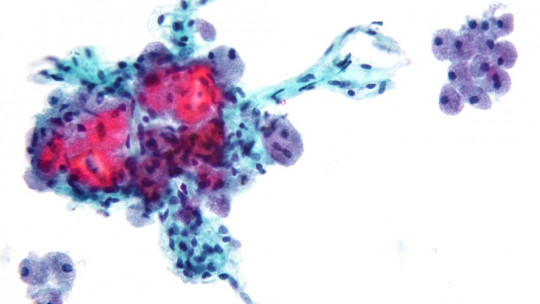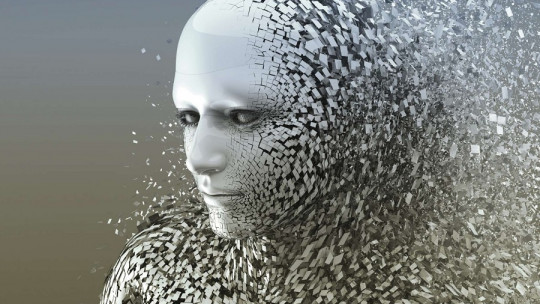
We often hear, read, or even use terms whose meaning we are not completely sure of. By common sense we make arbitrary associations between a state and a term that is not always the one that correctly describes said state. This situation usually occurs frequently with the vegetative state, which is associated with the coma state or the state of minimal consciousness. But in reality these three are different, and we should be clear about their differences.
In this article we will learn about the most relevant aspects of the vegetative state, its possible causes and symptoms, as well as the treatments and care used for these cases
What is the vegetative state?
It is determined that the person is in a vegetative state when the brain structures responsible for higher mental functions have stopped functioning but the brain structures that are responsible for vital functions (sleep cycles, body temperature, breathing and heart rate) still function.
This means that the subject in a vegetative state will have vital signs and will give the impression of being awake, in a state of wakefulness, but in reality He will not respond to any stimulation from the environment, nor will he be able to speak, in addition to having no awareness of himself or others
This circumstance represents one of the rarest and most infrequent brain pathologies to occur, but when it occurs it is a permanent state. There are treatments that have apparently given results with some patients, causing them to recover brain functions after some time. But it has not been possible to determine whether these patients were actually in a vegetative state or only presented a state of minimal consciousness.
Causes
This state occurs when there is some significant damage to the upper part of the brain, making it impossible for the individual to have higher mental functions. However, the ascending and descending reticular systems (SARA AND SIR) remain functional, taking care of the subject’s waking and sleeping states.
Some of the specific causes that can cause a vegetative state are especially a head injury, cardiac or respiratory arrest that prevents oxygen from reaching the brain. Brain hemorrhages or infections can also trigger a vegetative state in the individual
Symptoms
Although the brain is affected in terms of its most significant functions, still has the capacity for action in certain areas of life, so sometimes it may seem that the person is reacting consciously to the environment. But in reality these are basic primary reflexes, which have a specific response to some stimuli.
For example, patients in a vegetative state They manage to clench their fist when they touch the palm of their hand This does not mean that they do it deliberately, it is more like the palmar reflex of babies.
Other symptoms of the vegetative state are the following: they can open their eyes, they have apparently normal sleep behaviors; but which are not necessarily related to day and night, they are capable of breathing, sucking, chewing, coughing, choking, swallowing and making sounds with their throat.
Although these behaviors may seem conscious, in reality they do not respond to any deliberate thought or intention on the part of the patient
When the cause of the vegetative state has been a trauma to the skull and not a disease that reduces the delivery of oxygen to the brain, minimal levels of consciousness can be detected in the electroencephalogram. For example, some patients may imagine that they move their upper limbs, but are not able to actually do so. As for physiological needs, they are completely involuntary in all cases.
Treatment
For a correct diagnosis It is necessary that the patient has undergone the corresponding medical evaluation in addition to a nuclear magnetic resonance.
Apart from these evaluations, observation must be constant for a significant period of time, to prevent some signs of consciousness from being overlooked. Treatment
Taking into account that currently this state is not reversible care and treatment are preventive in nature, to prevent the subject’s physical situation from being affected to a greater extent.
What is done in these cases is to prevent the problems inherent to immobilization and ensure that nutrition is correct.
The physiotherapist and nutritionist usually provide support to caregivers during the first days of care, indicating how the movements should be to help the patient and what the specific diet should be
Depending on the laws of each country, there are measures regarding the suspension of life supports during the vegetative state. This issue should be discussed by hospital authorities together with family members. If the patient has left his wishes in writing, these must be taken into account at the time of the final decision.

